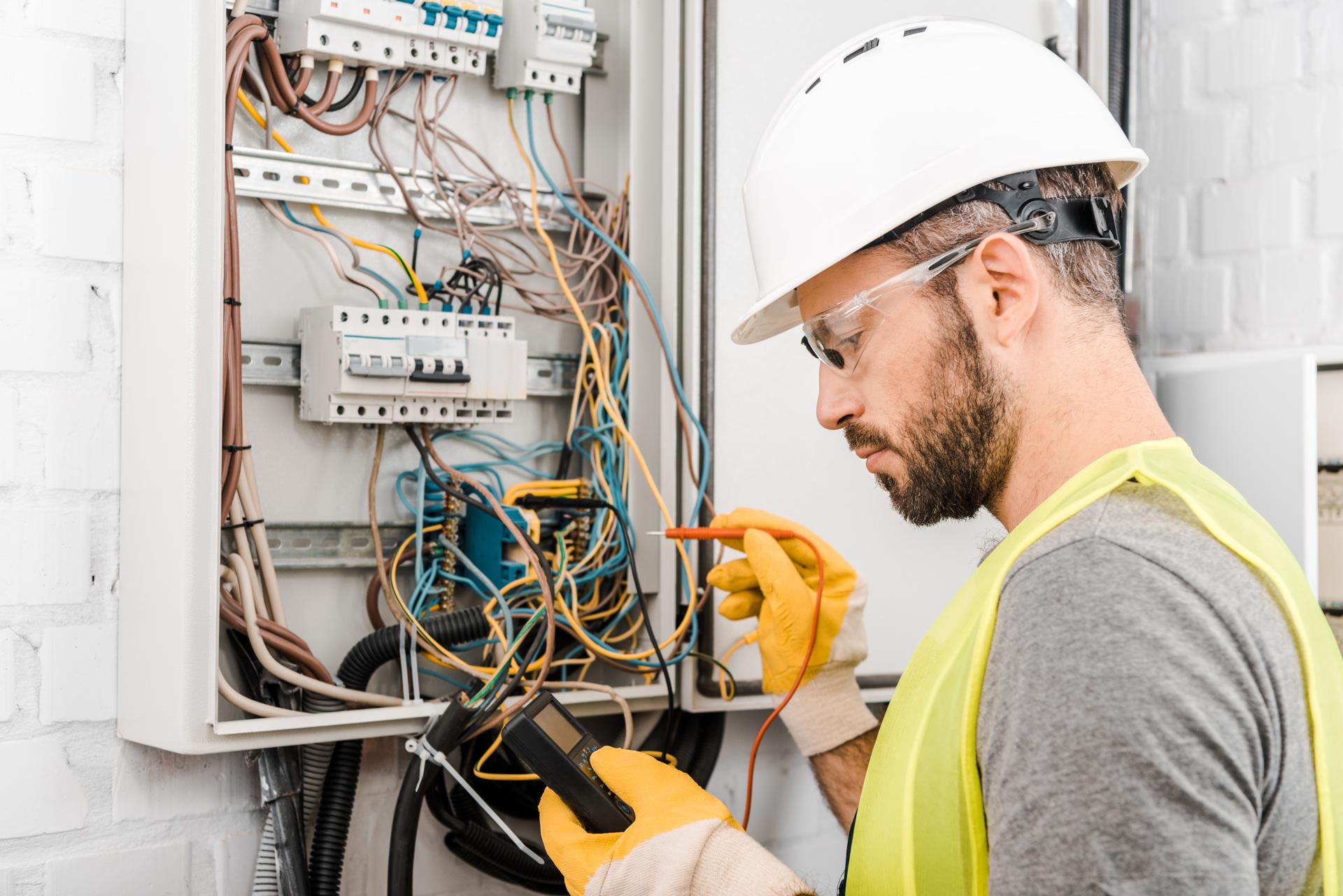A Straightforward Explanation of the Concepts Behind Electrical Wiring in Your Home

Electricity is an integral part of our lives, supplying everything from the lights of your homes, to gadgets that we use each day. However, electric systems may be complex, and understanding how they function can be difficult. In this guide we’ll breakdown the elements of an electrical system, and explain how circuits work to power devices and appliances. Our residential electricians can handle any electrical jobs you need.
Components of an Electrical System
An electrical system has several key components that work together to provide power throughout the home. They include:
Breaker box: the main distribution point for electrical energy in a house in which the power is split into various circuits
Switches and outlets: the points at which electricity is supplied to devices and appliances
Wiring: the wires that transmit electricity from the breaker box to outlets and switches
Electric appliances, devices and equipment: the devices and appliances that use electricity to function.
Electrical Circuits
An electrical circuit is a pathway which allows electricity to flow from the source (the the breaker box) to the appliances and devices in a home. There are two kinds of electrical circuits that can be found in homes: 120-volt circuits and 240-volt circuits. 120-volt circuits are used for the majority of household appliances and appliances, whereas 240-volt circuits are used for larger appliances such as dryers and air conditioners.
Electrical circuits work by creating an electrical loop that allows power to flow from the source to the device or appliance. The loop is made up of a hot wire which carries the electricity and a neutral wire which completes the circuit and a ground wire that provides an avenue for electricity to travel to the ground in case of a fault.
Understanding the electrical Wiring
Electrical wiring comes in several different types, including non-metallic sheathed cables (NM) as well as armored cables (AC) and conduit. Each kind has its advantages and drawbacks and the selection of wiring type depends on the specific requirements for the particular installation.
Electricity travels through wiring through a flow of electrons in the wire. The electrons flow through the wire from source, to device or appliance returning to the source through the neutral wire. It is essential to ensure the wiring is installed and maintained properly, since faulty wiring can lead to electrical hazards like shocks and fires.
Common Electrical Problems
Common electrical issues that homeowners face include tripping the breakers, flickering lights, and dead outlets. The causes of these issues could be by a myriad of causes, including overloading circuits, broken connections, and defective wiring.
If you are experiencing one of these problems, it’s essential to identify the cause and take appropriate action to fix the problem. In some cases it may be necessary to contact an accredited electrician to look over and fix the wiring.
Conclusion and Call to Action
In the end, knowing the way electrical wiring functions is vital to ensure the safety and security of the electrical system in your home. By adhering to the guidelines laid out in this article, you can stay secure and stay clear of potential dangers.
In case you’ve got any questions or concerns regarding your home’s electrical system Don’t hesitate to reach out to Local Electrician Merrylands. Our licensed electricians have the knowledge and expertise to meet your electrical requirements. Contact us by phone at 1300 610 481 to schedule a consultation.
FAQ
What are the signs of an electrical wiring issue?
Signs of faulty electrical wiring could include tripping breakers flickering lights, or dead outlets, among others.
How often should I schedule my home’s electrical system inspected?
It is recommended to ensure that your electrical system is checked by an accredited electrician at least every 10 years.
What is the life expectancy of electrical wiring?
The life span of electrical wiring depends on a variety of factors, including what kind of wire used, the location it’s located in, as well as the quality of the installation. The majority of electrical wiring can last as long as thirty years, or even more with proper installation and maintenance.
Do I need to fix electrical issues by myself or should I hire an electrician?
Although some electrical issues can be solved by homeowners, it is recommended that you hire an authorized electrician for the majority of electrical repairs. Making attempts to fix electrical problems with no proper training or experience can be dangerous and can result in injury or damage the property.
What should I do if I experience an electrical emergency within my home?
If you encounter an electrical emergency the first step is to cut off the power supply to the affected location by turning off the breaker or the fuse. Contact a licensed electrician to inspect and repair the issue as soon as you can.
By following these rules by following these guidelines, you can ensure the safety and reliability of your electrical system in your home and reduce possible dangers. Be aware that when you need repairs to your electrical system and installations, it’s always best to leave it to the experts. Reach out to Local Electrician Merrylands at 1300 610 481 to discuss all of your electrical requirements.
